Whether it's from vending machines, grocery stores, restaurants or specialty shops, in Japan, wherever you go, you'll find tea at your disposal.
The Art of Drinking Tea
Did you know that Japan has transformed tea culture into an art form? This moment is considered one of the three classic arts of Japanese elegance, alongside incense appreciation (kodo) and flower arrangement (kado). Learn more about this precious and age-old culture!
Origin
In the 12th century, tea culture reached Japan, deeply rooted in the practices of Buddhist meditation, thanks to the travels of Japanese monks who, during their expeditions to China, brought the first varieties of tea to the country.
Initially, tea was consumed solely for its medicinal properties, which helped monks concentrate and relieve mental stress.
Over time, Japan became one of the world's major producers and consumers of tea and developed a famous tea ceremony that inspires many countries.
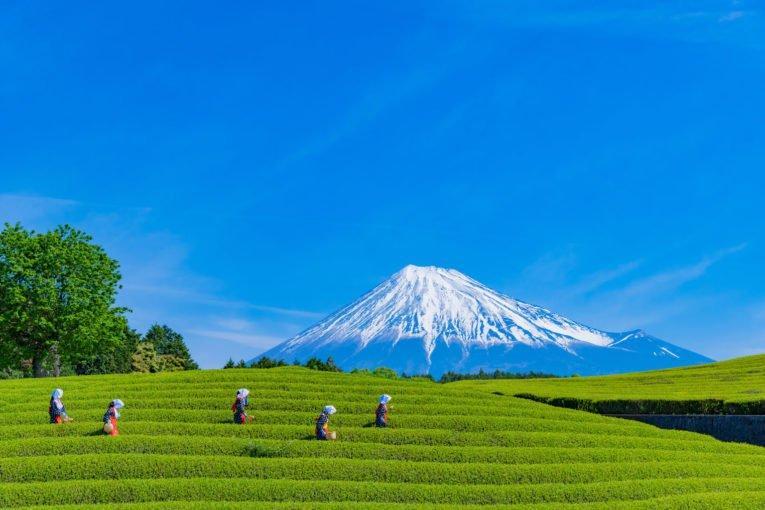
Growing And Preparing Japanese Teas
Besides matcha, green teas play an important role in Eastern culture and in people's daily lives. With their simpler preparation, they are present during breakfasts and afternoon breaks in most Japanese homes, and are also offered as a gesture of hospitality to guests.
It is this age-old tradition, deeply rooted in the culture and everyday life of the Japanese, that makes Japan a country with a variety of teas with unique flavors, cultivated and produced with unparalleled quality and characteristics that distinguish them from other regions.
In China, for example, Camellia sinensis leaves are steamed and roasted in cast iron pans, resulting in a mild and slightly roasted flavour in the infusions.
In Japan, however, the production process begins with steaming the leaves, which gives the drink a slightly bitter taste, a more intense color and more stimulating properties.
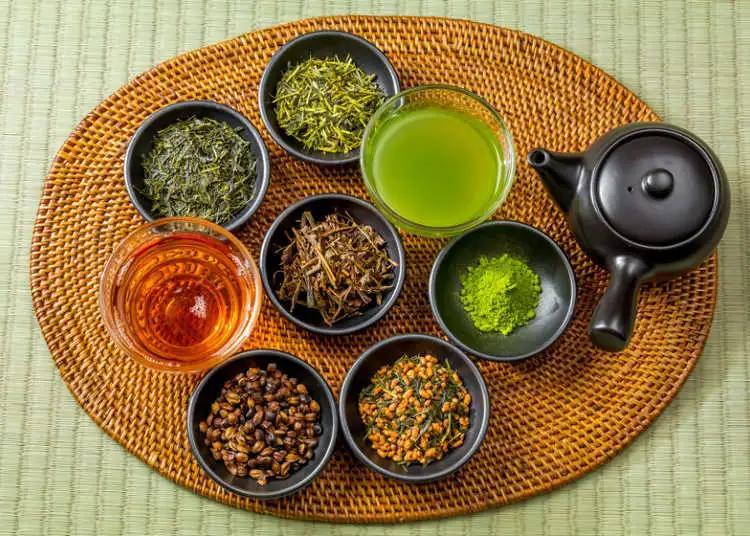
Discover Japan's most popular teas with ZenMarket and celebrate International Tea Day!
Green Teas
Matcha
Matcha is a very famous Japanese tea, famously available in powder form. In fact, it is believed that one of the first forms of tea consumed in Japan was a version of matcha, brought over from China several centuries ago.
To produce matcha, the leaves are steamed and dried from the tencha leaves. For ceremonial matcha, the leaves are carefully ground slowly in stone mills until they become a fine powder.
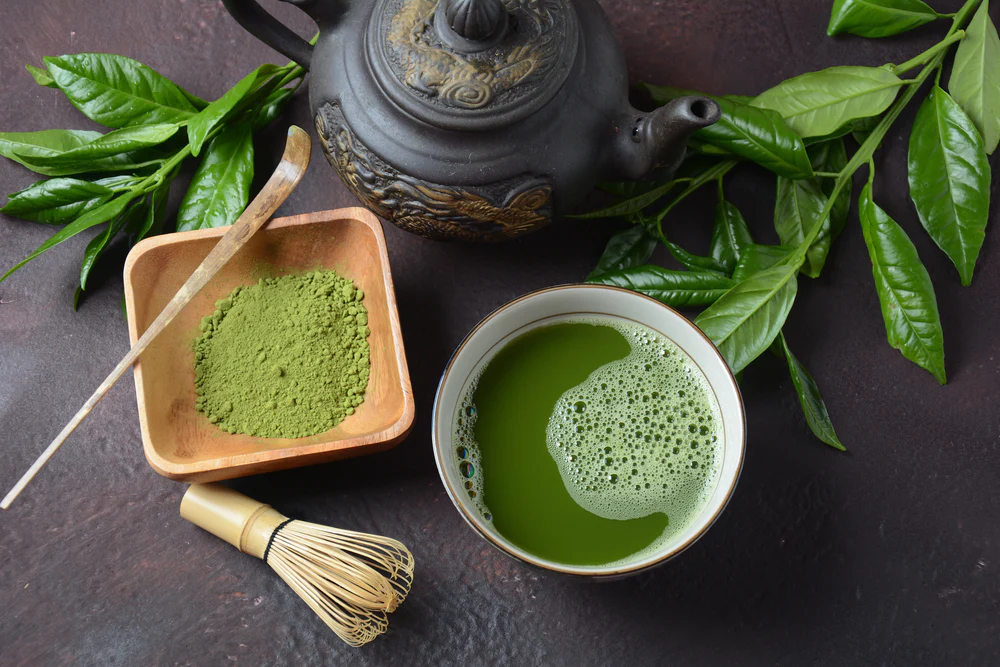
Traditionally, matcha is prepared in a bowl called a "chawan", where the powder is mixed with hot water (around 80°C) and vigorously beaten using a bamboo tamper called a "chasen". The resulting drink has a vivid green colour and, thanks to the whipping process, a creamy and thick consistency, often with a delicate foam on top.
Buy Matcha at ZenMarket
Recently, matcha has become increasingly popular, especially as an ingredient in confectionery and in the food industry. However, matcha intended for these types of applications is usually of lower quality, produced from leaves picked later or ground in industrial mills.
Buy Matcha Sweets at ZenMarket
Gyokuro
Gyokuro is a high-quality green tea, picked during the first harvest and carefully protected from the sun for a certain period of time. Known for its vivid green color and delicate flavor, slightly sweet with a subtle hint of bitterness , this tea stands out for its unique characteristics, which makes it more expensive compared to other varieties .
Gyokuro is believed to have been created in 1835 by Yamato Kahei, a Tokyo tea merchant who decided to shade the tea leaves during cultivation, similar to the method used for tencha. This process resulted in a sweeter tea, rich in aromas, and with a deep green hue, giving rise to the name gyokuro, meaning "dewdrops".
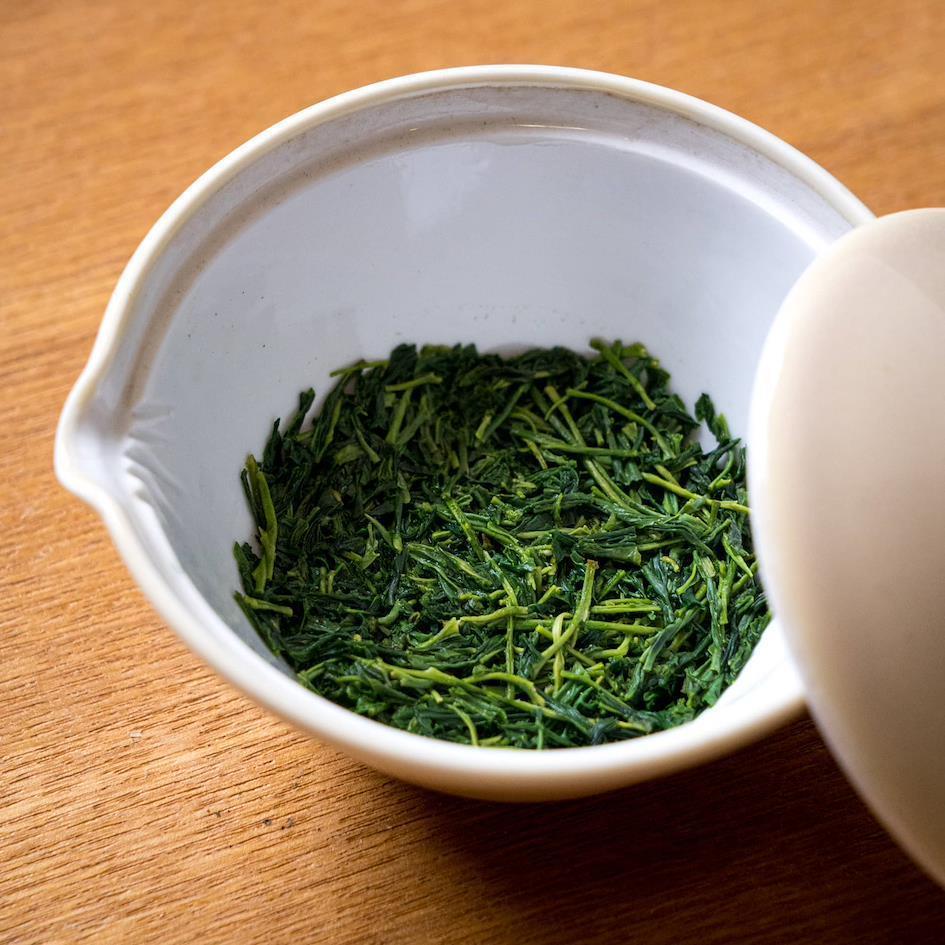
In traditional gyokuro production, only spring-harvested leaves are used, and the tea plants are carefully shaded to avoid direct sunlight for three weeks prior to harvest. In the past, shading was accomplished with bundles of straw and rice stalks placed on elevated structures above the plants to allow for adequate growth. The leaves were harvested and processed by hand.
Nowadays, dark nets have replaced bundles of straw and rice stalks, and manual harvesting and manual processing have become less frequent.
Buy Gyokuro at ZenMarket
Sencha
Sencha is a green tea considered to be of medium quality, picked during the first harvest, but without protecting the leaves from the sun . It is characterized by a slightly bitter taste , followed by a delicate sweet aftertaste .
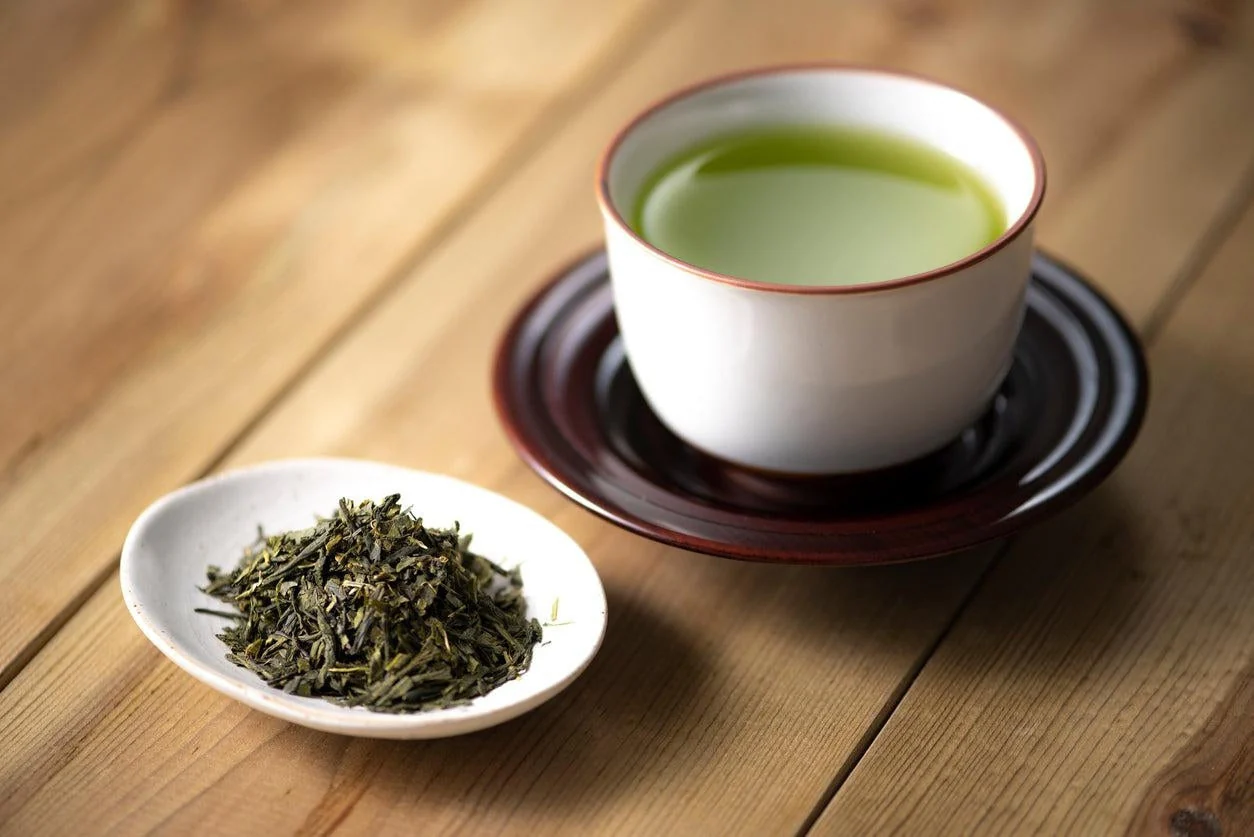
Sencha , meaning "steamed tea", is the most consumed tea in Japan today and was created in 1738. Originally, the term "sencha" was used to refer to tea in general due to the common practice of brewing the leaves in a teapot, thus references to "sencha" can be found in texts dating back to before 1738.
The creation of sencha is credited to Nagatani Souen, a tea producer from Uji, who spent 15 years experimenting until he developed the process we know today. He initially sold his new creation at Yamamoto's store in Tokyo, and from there sencha spread throughout Japan.
The sencha production process has two distinctive features: stopping oxidation by steaming the leaves, rather than heating them in pans as is common in green tea production in other countries, and rolling the leaves after steaming and cooling. Gradually, the leaves lose their moisture, taking on the needle-like shape characteristic of sencha . When the leaves are shaded before harvesting, the resulting tea is often called kabuse sencha or kabuseicha.
Buy Sencha at ZenMarket
Tencha
Tencha is the name given to the tea leaves used to make matcha, before they are ground into a fine powder. Tencha, prepared in the same way as gyokuro, is quite unique and pure. The color of the tea is pale green, the flavor is deep and mild, and the subtle noble aroma lingers in the mouth for a long time. It is different from both gyokuro and matcha.
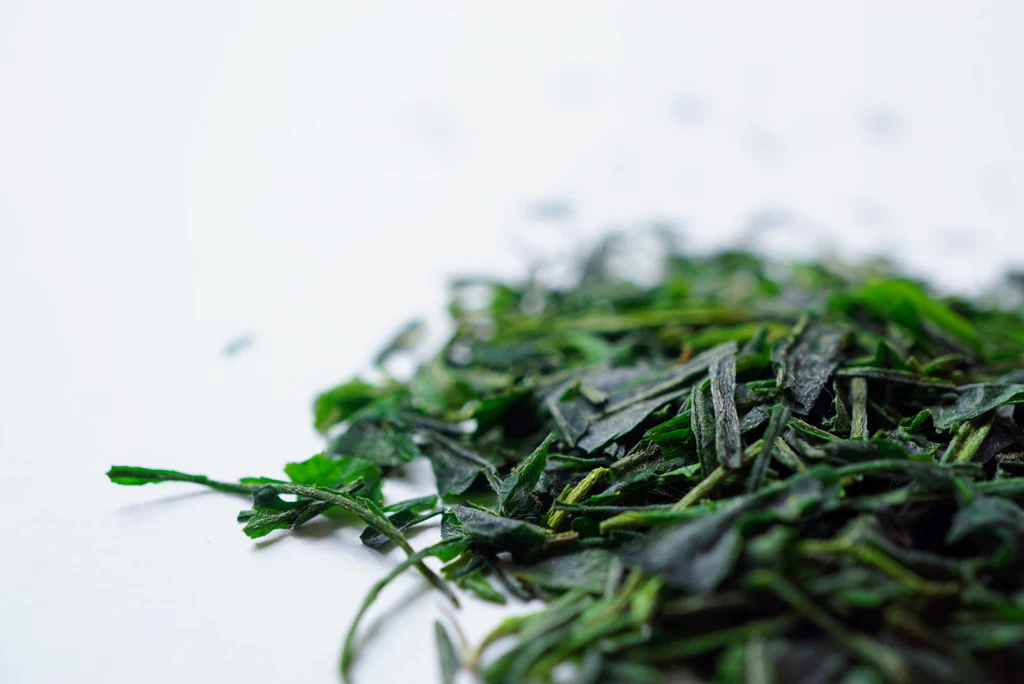
Tea leaves for tencha are grown similarly to gyokuro, but go through a different production process. Both types of tea are grown in the shade for 20 or 30 days before harvesting, resulting in a high concentration of theanine, responsible for the smooth and velvety flavor.
After the fresh leaves are harvested, they are first steamed. Then, for gyokuro, the steamed leaves are dried and kneaded so that all of their ingredients dissolve easily in water. On the other hand, the steamed leaves for tencha are only dried, without the kneading process. Later, to produce matcha, the tencha is ground into a fine powder.
Unlike gyokuro and sencha , it is difficult to extract the flavor of tencha during the brewing process. Therefore, only high-quality tencha can be prepared this way. However, due to the lack of kneading and grinding, tencha usually results in an infusion with a more subtle and delicate aroma. The direct brewing technique of tencha highlights the natural nuances of the tea leaves, offering a unique and refined taste experience.
Buy Tencha at ZenMarket
Bancha
Banchá is a green tea made from leaves from the end of the harvest, which are larger and slightly harder, making them considered a lower quality tea. It has a mild flavor and a slightly bitter aftertaste, and is also more affordable. In Japanese restaurants, it is often served for free as a courtesy to customers.
Considered a tea for regular consumers, banchá is harvested after the sencha, gyokuro , and tencha harvests, and the banchá leaves are typically steamed or boiled for an extended period of time, depending on the type of banchá being produced.
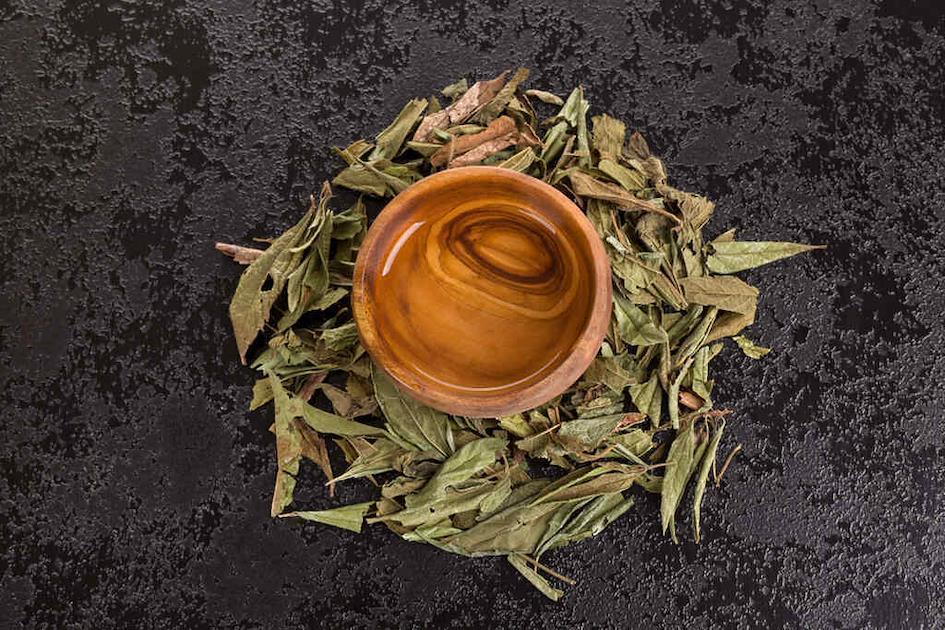
While it doesn't have the same aromatic complexity as sencha, banchá can provide interesting and enjoyable experiences, especially thanks to regional differences in production methods and consumption patterns.
Additionally, banchá is commonly used to make hōjicha and genmaicha, adding to its versatility and presence in Japanese tea culture.
Buy Bancha at ZenMarket
Kukicha
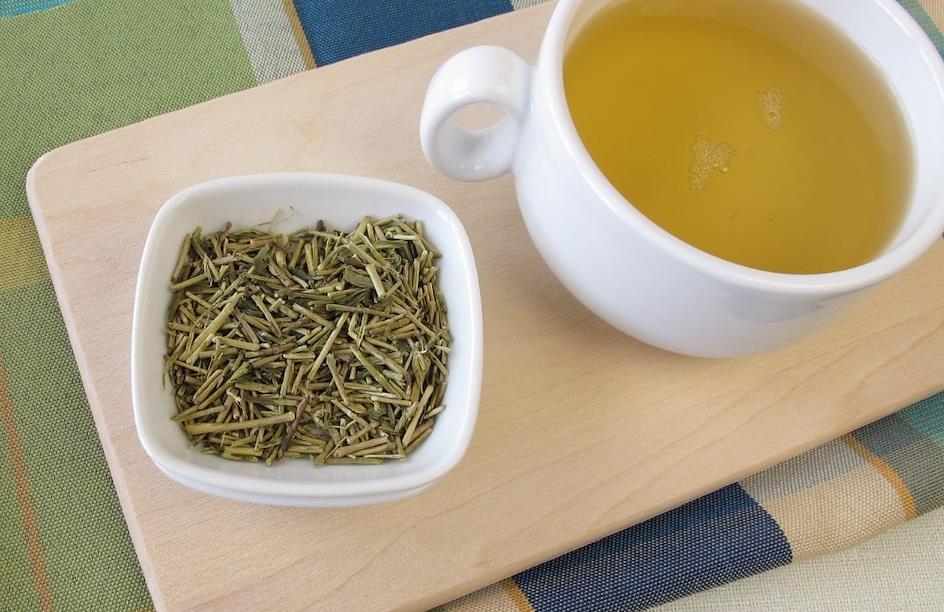
In high-quality teas, such as matcha and sencha, the stems are often separated from the leaves, for both practical and aesthetic reasons. However, these stems are not discarded; they are used to produce a distinct tea known as kukicha . The name "kukicha" comes from the Japanese word "kuki", meaning "stem" .
Kukicha has a more delicate aroma than other teas because the stems act as conduits that allow the tea's ingredients to reach the leaves, resulting in a lower concentration of those ingredients in the stems. This contributes to a smooth and balanced infusion. Additionally, its preparation is simple and versatile, and regardless of the method used, kukicha rarely develops a bitter taste, making it an affordable and enjoyable choice for tea lovers.
Buy Kukicha at ZenMarket
Konacha
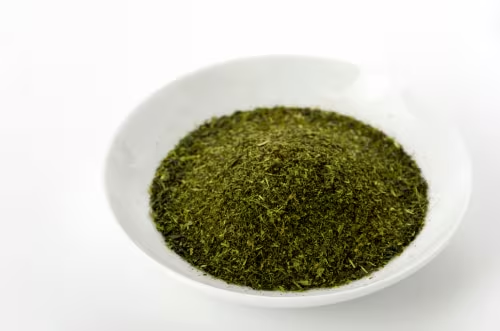
Konacha is a unique tea, made from the leftovers and fragments of other high-quality green teas. Although classified as a lower-quality tea compared to traditional green teas, its popularity is notable in Japan, where it is often served free of charge in many restaurants as a courtesy to customers. It is also commonly used to make tea bags.
Buy Konacha at ZenMarket
Roasted Teas
Hojicha
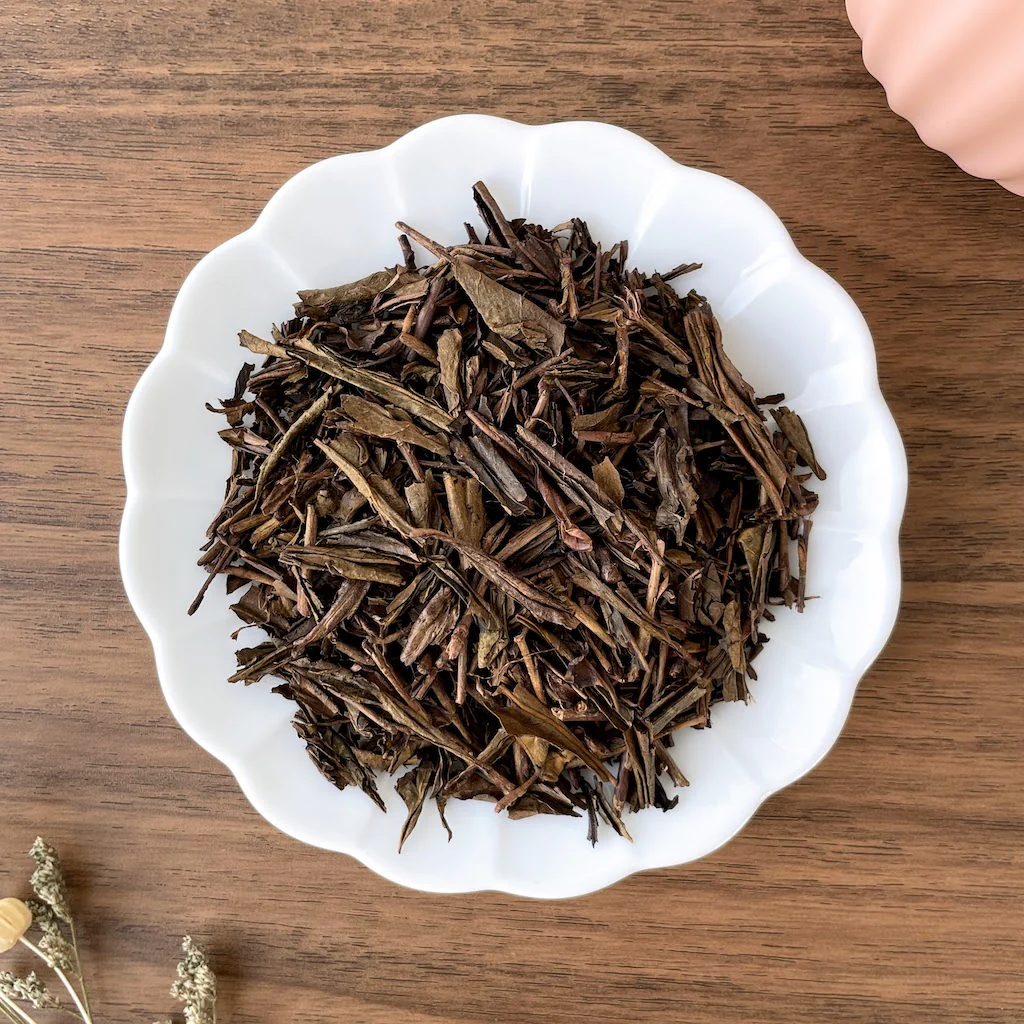
Hōjicha, a roasted Japanese green tea, is distinguished by the roasting of the leaves during the process, which results in a distinctive brownish-red hue. In addition to affecting the color, the heat of roasting induces chemical changes in the leaves, giving the tea a natural sweetness, as well as a mild and slightly caramel-like aroma. Its lightness and flavor make it a popular choice both for drinking as tea and for making sweets.
Hōjicha is produced from varieties such as bancha, sencha, or kukicha, following the same cultivation methods as Japanese green teas, except that the leaves are roasted at high temperatures, traditionally in special pans called "houroku".
As part of Japanese everyday culture, hōjicha is often consumed with meals, serving as a comforting and familiar drink that pairs well with a variety of dishes. Its popularity stems from the simplicity and richness of flavors it adds to the Japanese culinary experience.
Buy Hojicha at ZenMarket
Genmaicha
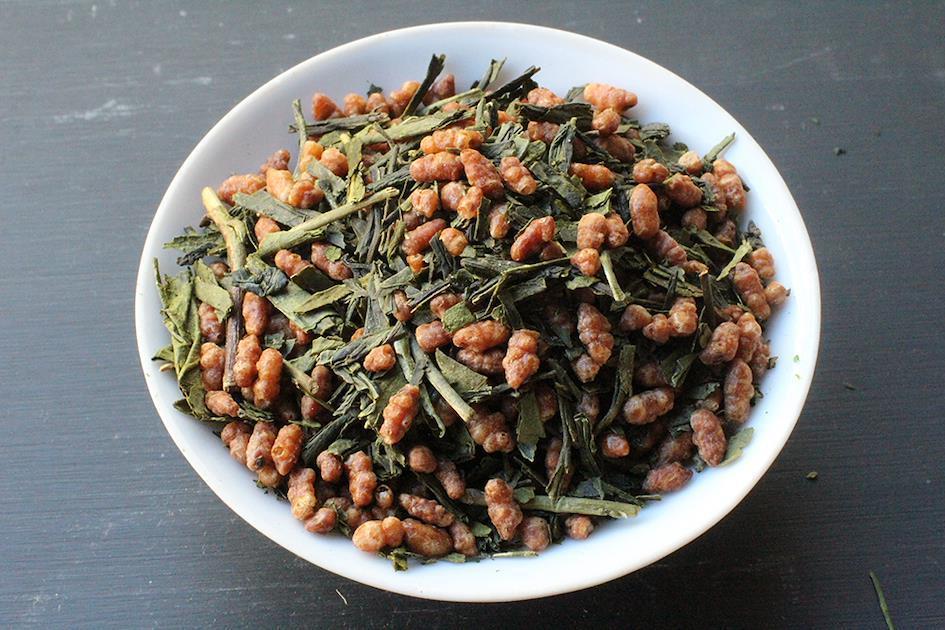
Genmaicha is a unique blend of bancha or sencha green tea with roasted brown rice, a practice that emerged to extend the shelf life of tea supplies, resulting in a brew that is yellowish in color and has a mild flavor, but very balanced.
Initially, genmaicha was considered a more accessible option, intended for those who could not afford pure green tea. However, over time it has gained recognition for its distinctive flavor and toasted aroma that is so prized. An interesting feature is that during the roasting process, some of the rice grains burst, resembling popcorn mixed with tea, earning it the affectionate nickname "popcorn tea. "
In addition, some versions of genmaicha contain matcha, which gives the infusion a greener color and a more intense aroma. This type of tea is known as matcha iri genmaicha, further increasing the variety of flavors and experiences offered by genmaicha .
Buy Genmaicha at ZenMarket
Kyobancha
Kyobancha is a unique variety of roasted Japanese tea, known by different names depending on the region in which it is produced: in Kyoto it is called kyobancha , while in other regions it may be called iribancha or hirabancha .
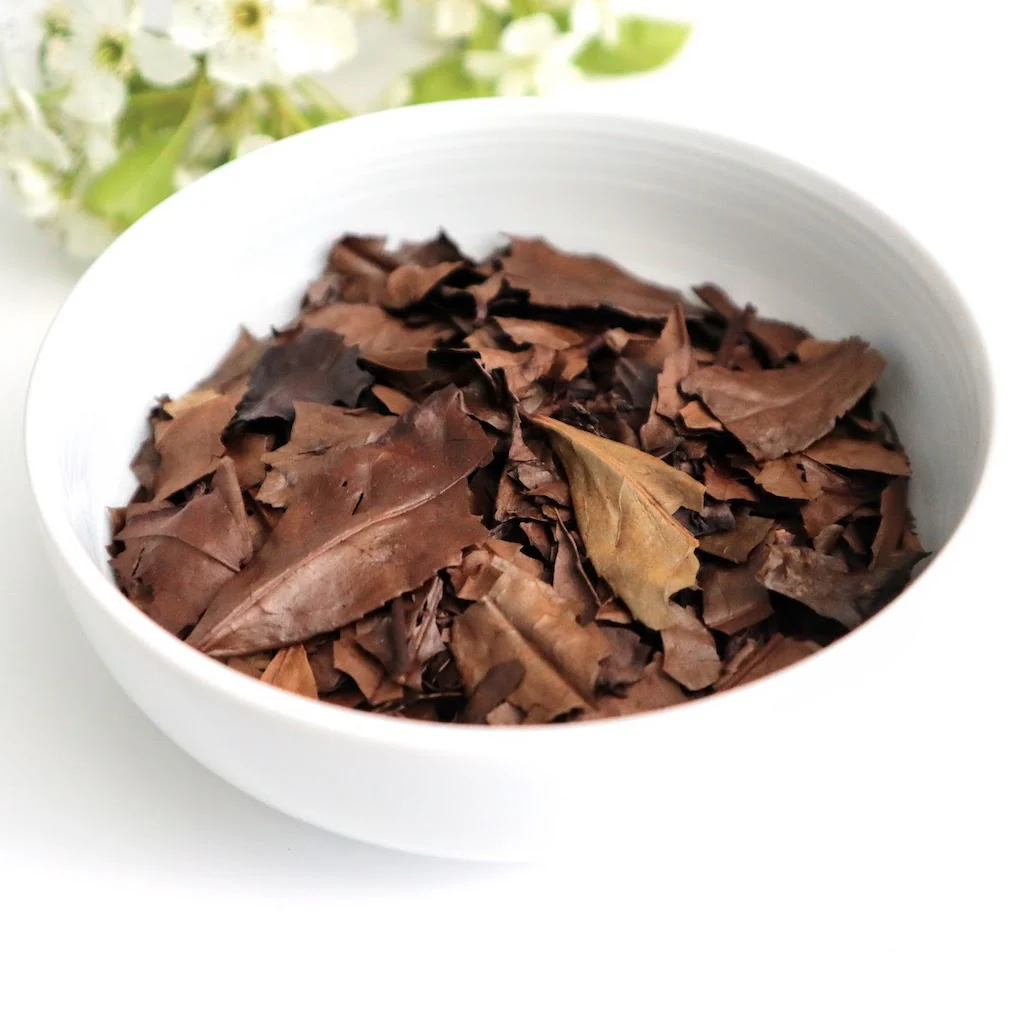
This tea has special characteristics that distinguish it from others. It is produced from the last leaves picked of the year, usually in March, as part of the preparation of the tea plantations for the coming spring. In some regions, these leaves are considered too ripe and are even used as fertilizer. To transform them into kyobancha, the leaves undergo a special process: they are steamed for a longer period, about 30 minutes, before being dried and roasted.
Although it is classified as a lower quality te , kyobancha surprises with its unique sensory experience. Its characteristic aroma, slightly smoky, and its characteristic taste, with an aftertaste reminiscent of nutmeg, provide an unforgettable and pleasant taste experience.
Buy Kyobancha at ZenMarket
Unique Teas
Kamairicha
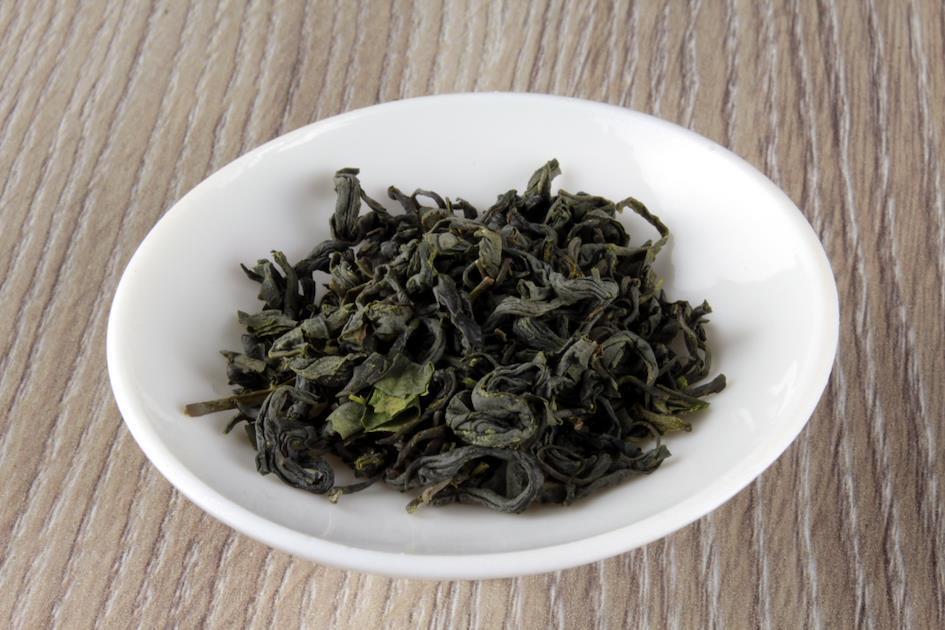
It is a Japanese green tea, carefully produced by heating the leaves in a special pan, a process that stops oxidation and dries the leaves at the same time. This precise technique preserves the natural properties of the leaves, giving an infusion with a distinct taste and aroma.
Depending on the rolling technique used, two notable varieties can be created: tamaryokucha, characterized by delicately rolled leaves, and kamanobicha, which has needle-shaped leaves, both offering unique nuances of flavor and aroma.
Buy Kamairicha at ZenMarket
Fermented Teas
Though lesser known, fermented teas have a history that spans many centuries, especially in areas like Shikoku Island in Japan.
Typically, the leaves are grown until summer, at which point they are harvested and boiled. They then go through a fermentation period that can last several weeks or months, depending on the type of tea, before finally being dried.
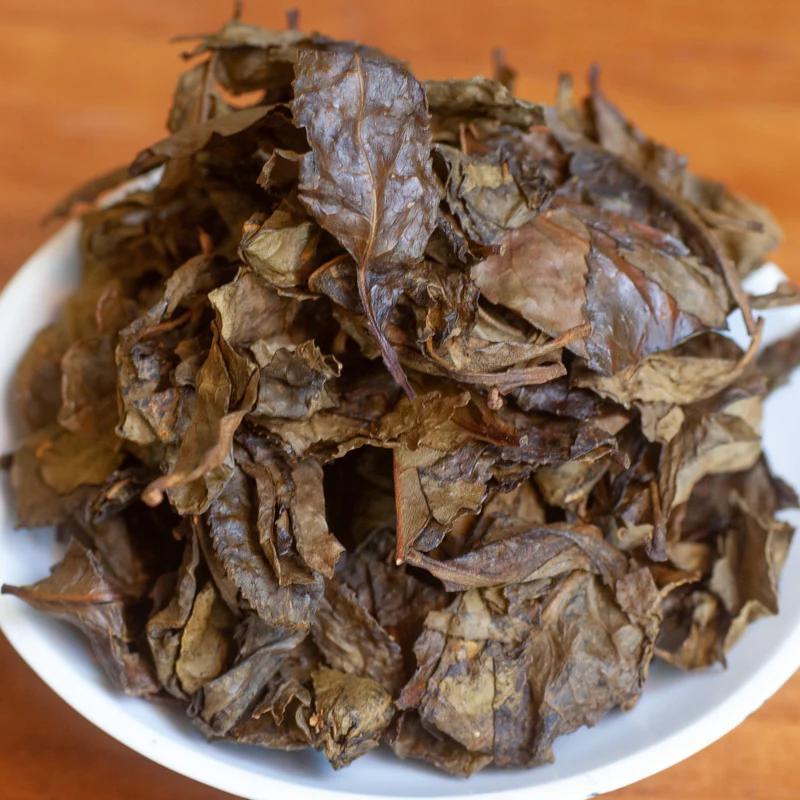
Among the most famous fermented teas are goishicha, awabancha, kuroishizucha, and yamabuki nadeshiko, each of which has unique characteristics, determined by the processing method, bacteria used for fermentation, and region of production.
Buy Awabancha at ZenMarket
Mugicha

Mugicha is a traditional Japanese drink made by brewing roasted barley in hot or cold water. Its distinctive flavor is characterized by slightly bitter and toasted notes, providing a unique experience for the palate.
In Japan, it is a popular refreshment during the hot summer months, often consumed cold. An added bonus is that mugicha is naturally decaffeinated, making it a popular choice for those looking for a milder alternative that is suitable for children.
Buy Mugicha at ZenMarket
Internationally Influenced Teas
Oolongcha
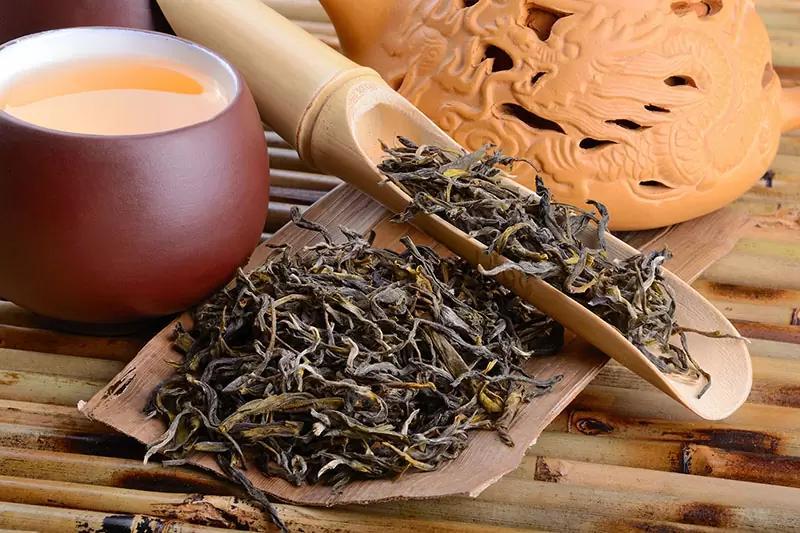
Despite its Chinese origins, oolong tea is becoming increasingly popular in Japan. This tea is made from semi-oxidized leaves that are exposed to air in a climate-controlled room until they darken in color from exposure to oxygen. The leaves are then exposed to heat to break the oxidation process.
With a characteristic brown hue, oolong can be consumed both hot and cold, offering a slightly bitter taste. Its varieties are wide, and can vary from sweet and fruity flavor notes to more solid and earthy accents.
Buy Oolong at ZenMarket
Kocha
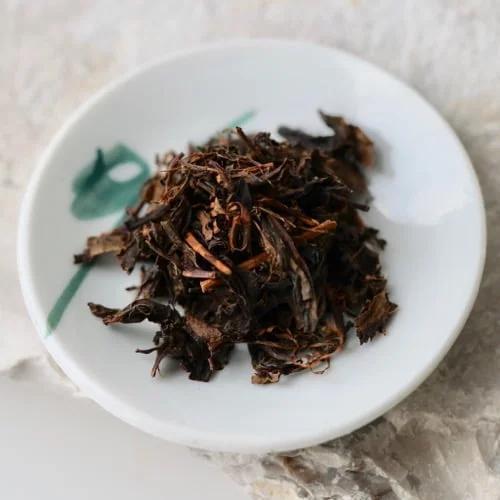
Although popularly called black tea, kōcha is referred to as red tea in Japanese, due to its distinctive brownish-red hue. Kōcha leaves undergo more extensive oxidation than oolongcha leaves, resulting in a darker hue and a bold, full-bodied flavor.
The variety of kōcha is wide, varying depending on the degree of oxidation of the leaves, which imparts a wide range of aromas and flavor profiles.
Buy Kocha at ZenMarket
Wakocha
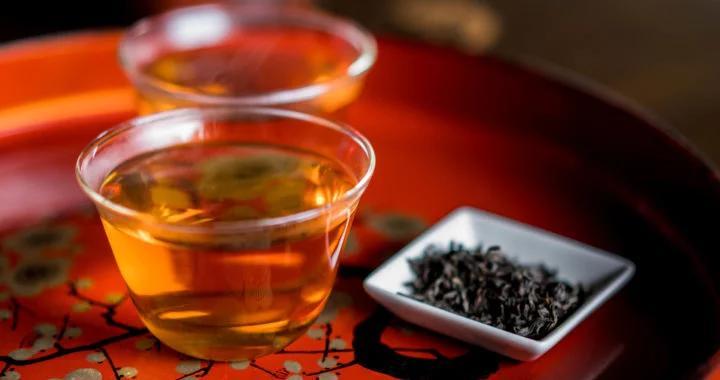
Wakoucha is a Japanese variety of black tea. The leaves are first withered, then rolled to speed up the oxidation process, and finally dried.
Historically, black tea has not been popular in Japan. Its production began in the Meiji period, a time when Japan began international trade. Despite expectations of exporting black tea abroad, it never achieved significant success.
Although green tea is the most traditional and popular tea in Japan, the market is facing challenges due to changes in consumption patterns and global competition. As a result, many Japanese producers are exploring new avenues, such as black tea production, in hopes of diversifying their offerings and attracting new consumers.
With improved techniques and a better understanding of the global tea market, it is possible that wakoucha and other Japanese black tea varieties will become more important in the future, serving as a fascinating example of adaptation and innovation in the Japanese tea industry, where its journey continues to evolve as producers explore new opportunities and markets.
Buy Wakocha at ZenMarket
Jasmine Tea or Sanpincha
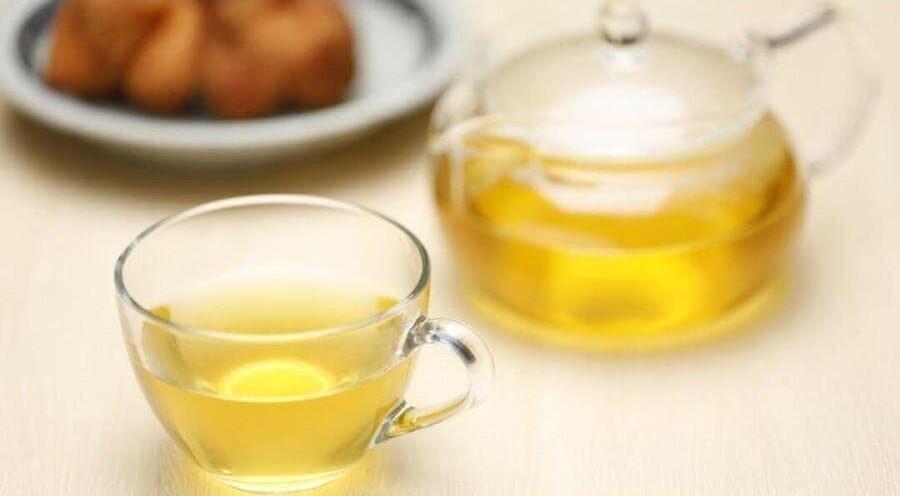
Jasmine tea, a delicious infusion of jasmine flowers and green tea or oolong, offers a delicate flavor and an irresistible floral aroma. Originating in Chinese tradition, it gained popularity in Okinawa, Japan, where it is called sanpincha .
Buy Jasmine Tea/Sanpincha at ZenMarket
We hope that this article has shown you a little bit about the world of characteristic aromas and flavors of Japanese teas, which encourages everyone to enjoy every moment with peace and gratitude.
Why shop with ZenMarket?
ZenMarket offers professional Japanese shopping and bidding services, compatible with Japanese online shopping sites. All you need to do is copy the product link and add it to your cart. Our team will verify availability, price, shipping, etc., so you can easily purchase the latest products from Japan without leaving your home! Want to understand our services better? Don't forget to read how to use ZenMarket.
Don't have a ZenMarket account yet?
Sign up